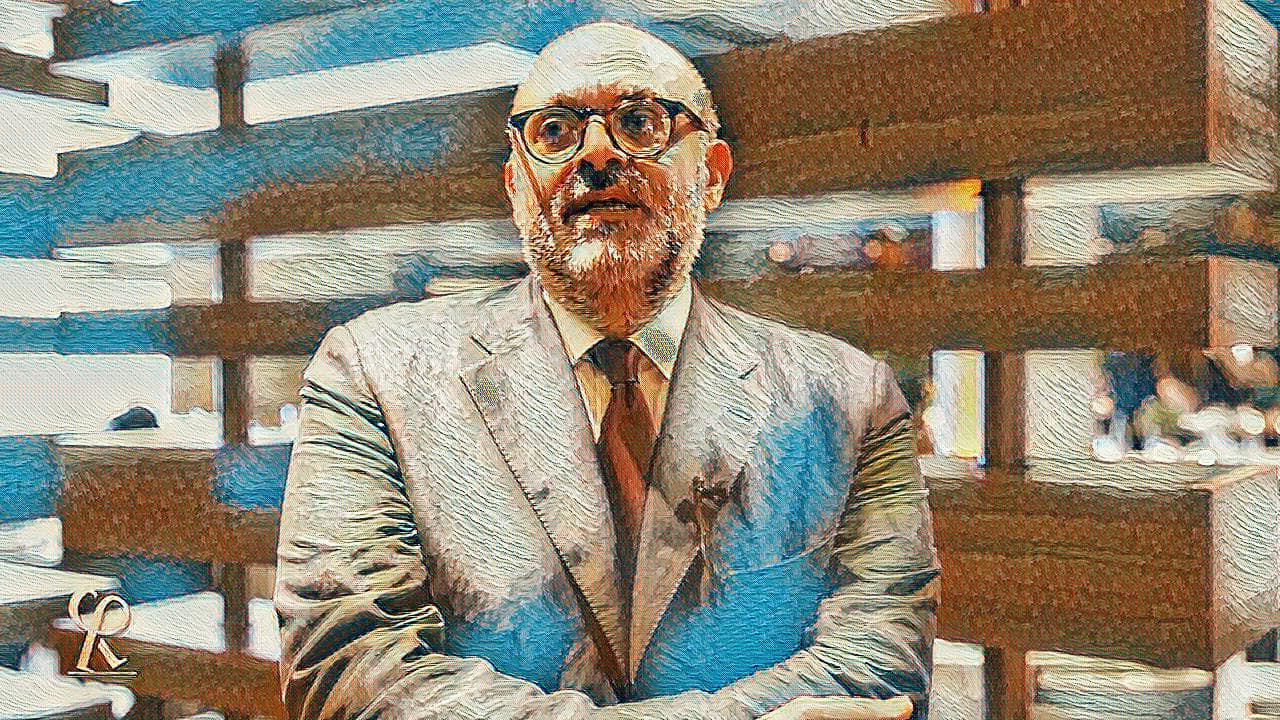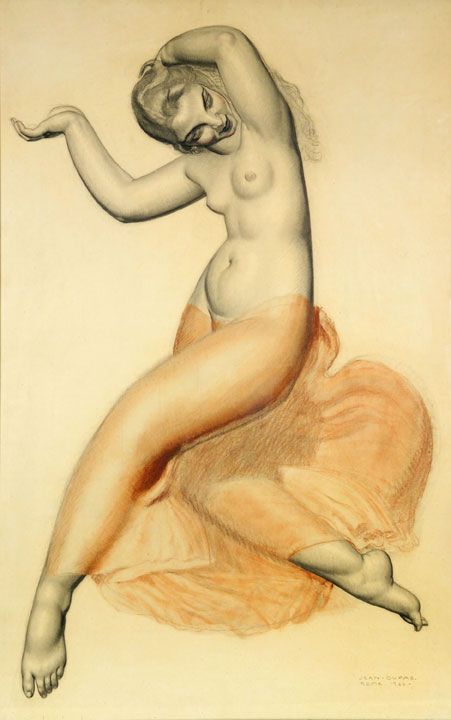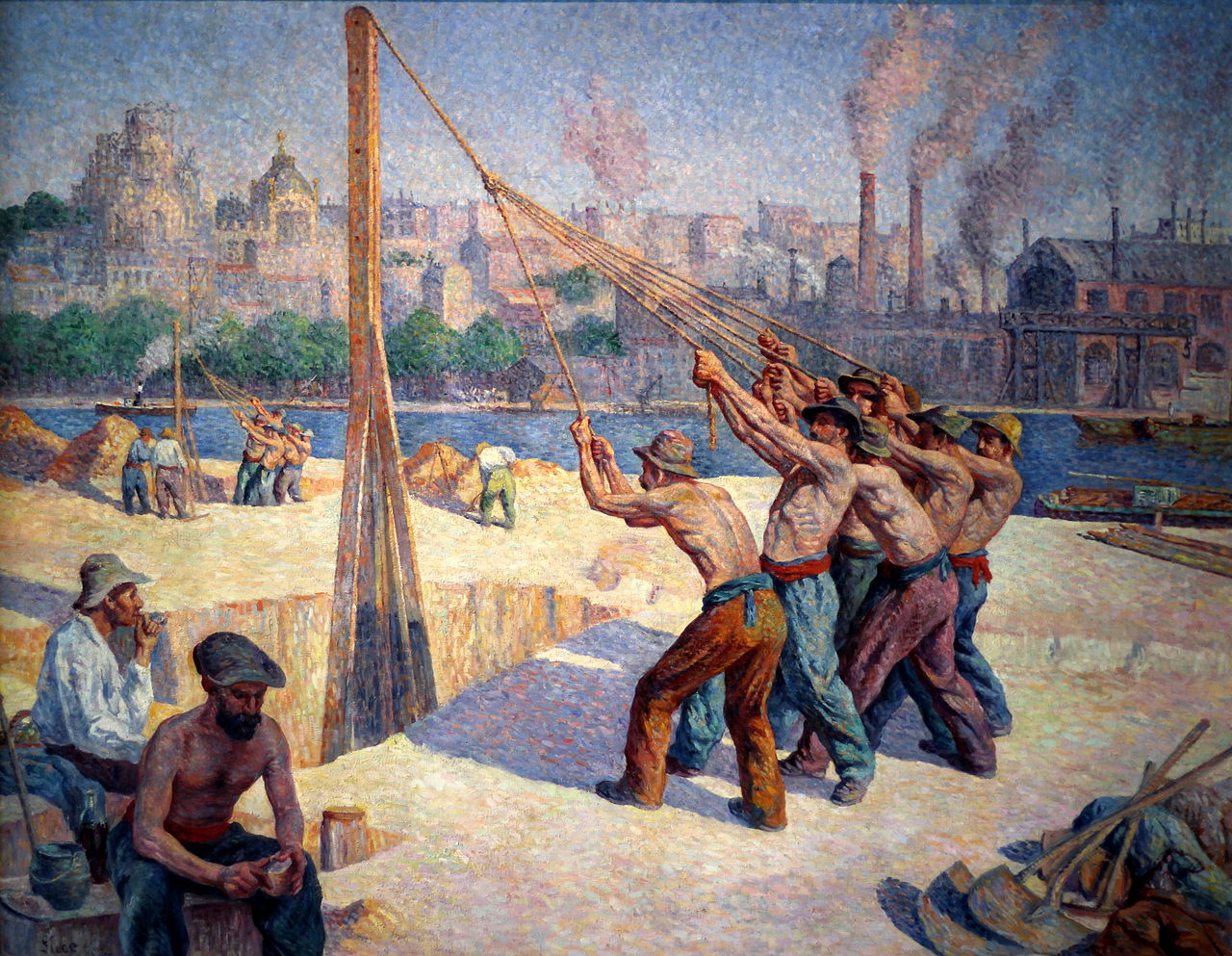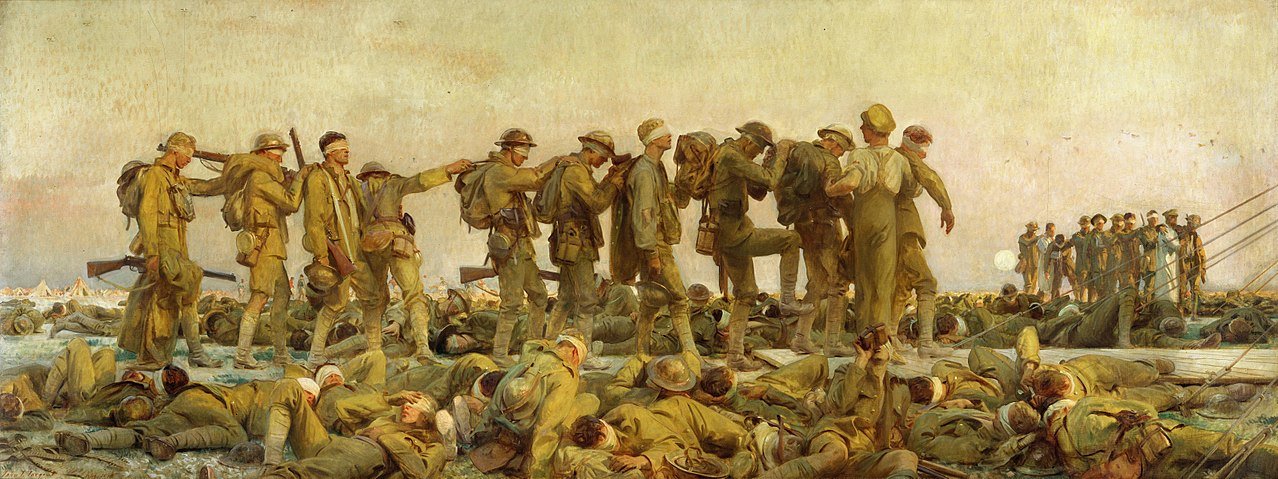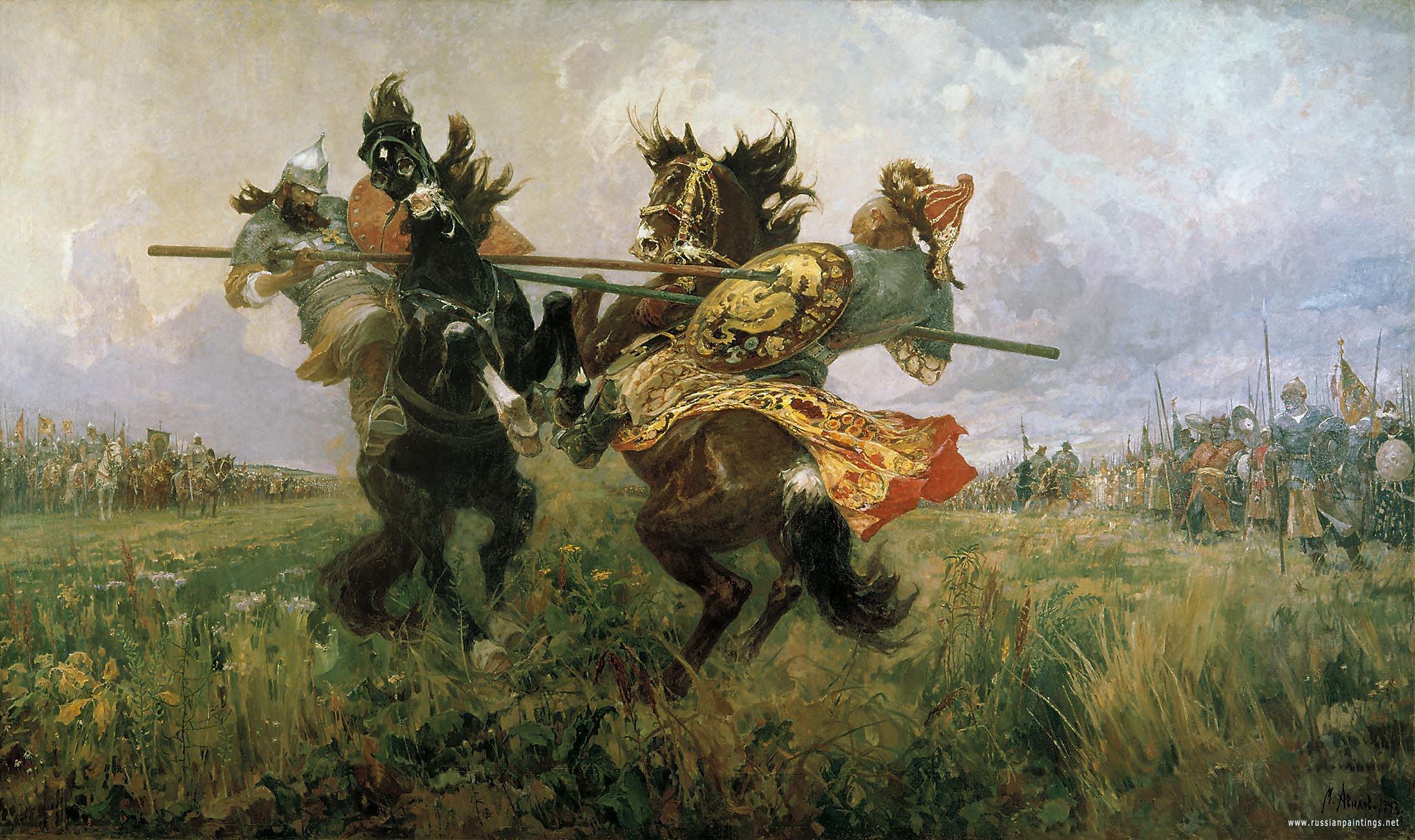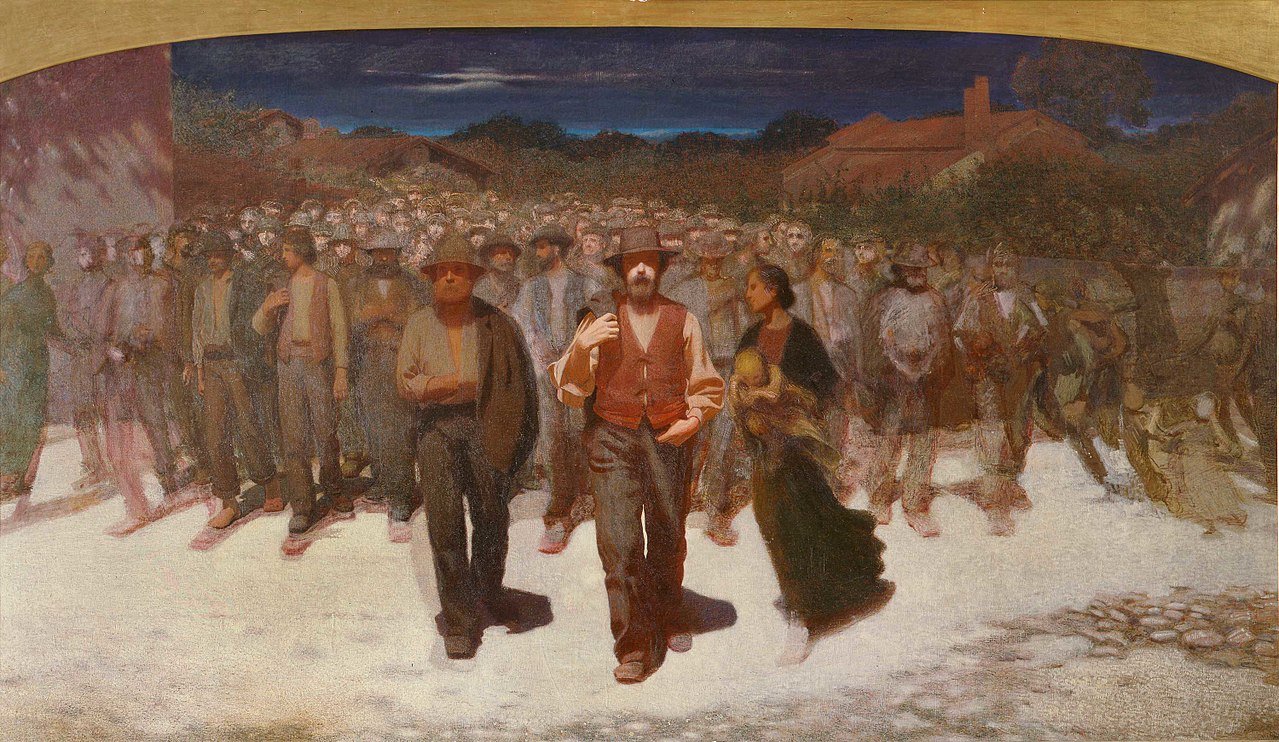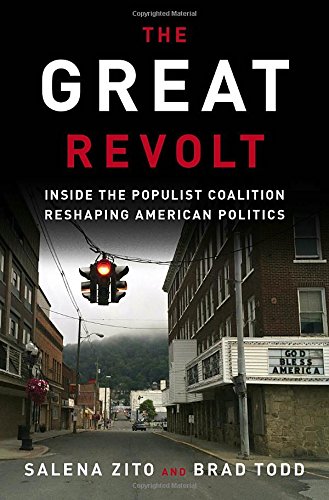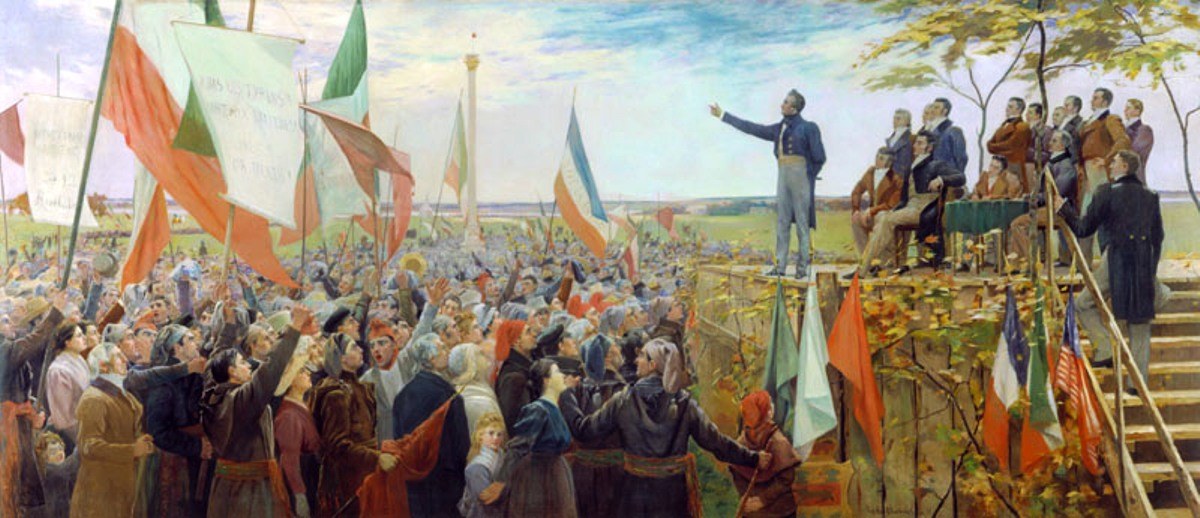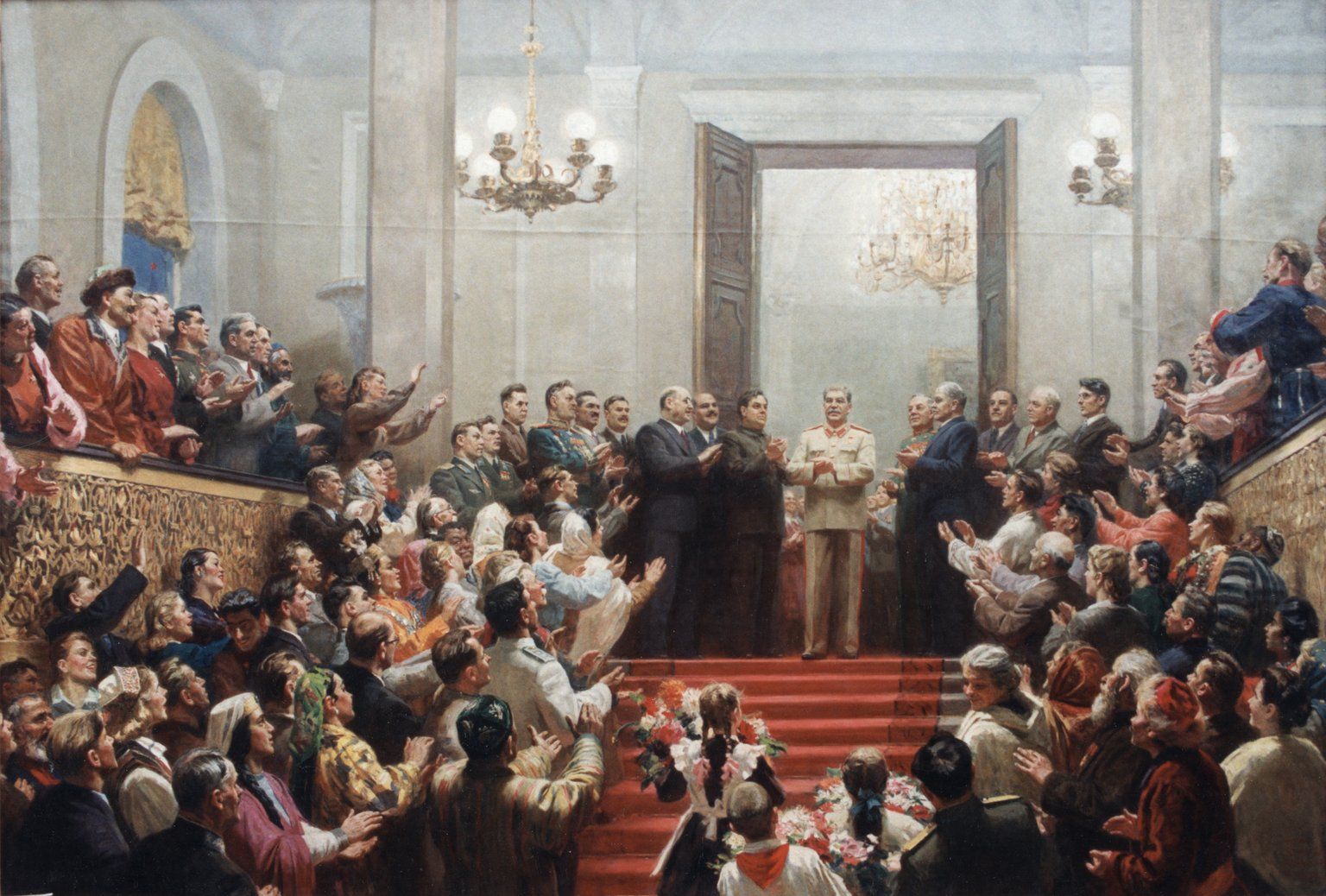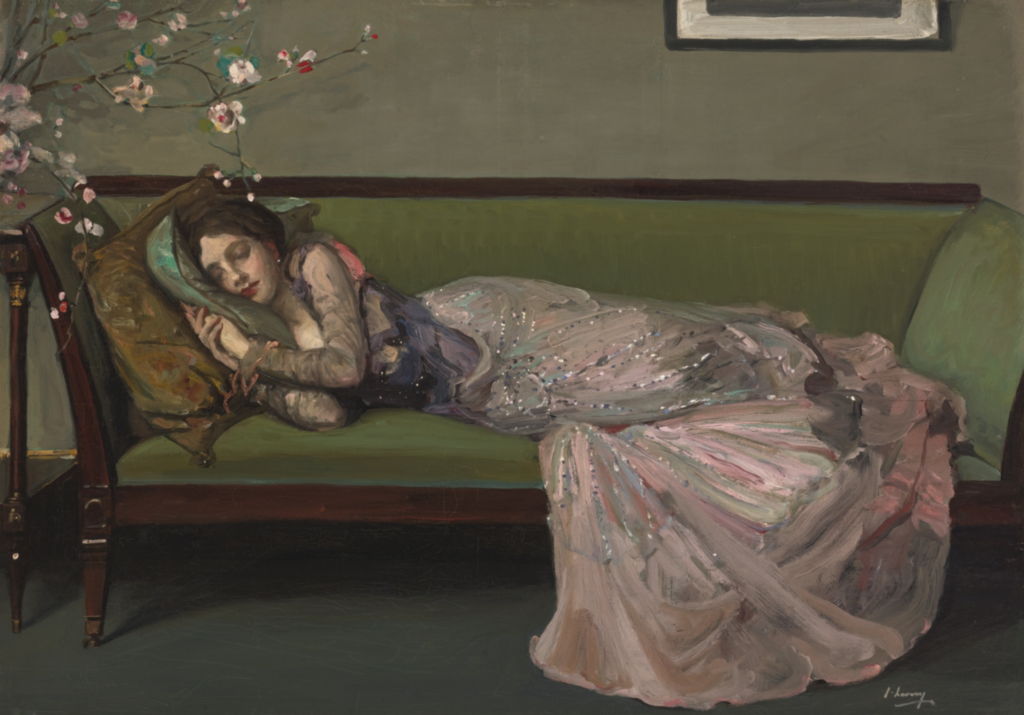There are books that one hopes for or expects like certain boxing matches or a medieval chivalry tournament. We know that a fatal reckoning and a confrontation between opposing powers will take place, but also that at the end of the fight the darkest essence of the fight will be delivered to us as if by extra. The latest book of the philosopher Paul Audi, Troublante identité is one of those.
The denunciation of identity-based passions or struggles—whether on the part of the internationalist or alter-globalist left, cosmopolitan and progressive liberalism or the republican and universalist right—is certainly part of the obligatory obstacle course for a broad spectrum of the Western intelligentsia, on campuses on both sides of the Atlantic. Since the end of history announced by Fukuyama and his disciples in 1992 was constantly postponed indefinitely, an explanation had to be found, and still has to be found. Hence the persistence or revival of national, religious, ethnic, social or sexual identities is often summoned to the dock by our Kantian or liberal clerics to explain the postponement of the Sunday parousia that should have been that of the great reconciliation of globalized consciousness.
Usually, this kind of rhetorical exercise ends up as a kind of parody bullfighting without a kill: the muleta is painstakingly drawn up in front of the bullfighting monsters of the collective identity, but the matador’s sword never finds a firm enough place to end the fight.
Most of the time, progressivism is content to consider the narratives, representations or passions of identity as pathological illnesses caused by the harshness of global capitalism, the archaic wickedness of violent and radical beings, or by some confusing perversion of a misguided and vengeful cultural Marxism. Let’s suppress capitalism and/or Marxism, and the identity impulses, evanescent reflections of all the historical frustrations felt by the alienated souls or peoples, will disappear like the shadows of the Platonic cave in front of the sun of Truth.
Condemned to be Free
Paul Audi’s work is more interesting because it is at the same time more ambitious, more intimate, more original, more complex and more honest. Instead of reciting in a traditional way all the republican, liberal or revolutionary catechisms, in the name of which the ceremony of exorcism of the identity-demon whose tracking is required will be pronounced, the learned exegete of Jean-Jacques Rousseau, Romain Gary or Thomas Bernhard (his three favorite authors, with Sartre and Lacan, which will be discussed later) prefers to start from his own personal experience: that of a young, uprooted Lebanese exile who arrived in France at the age of eleven, at the beginning of the civil war, in 1975, son of a famous and wealthy Greek-Catholic banker from the Land of the Cedars (Raymond Audi), naturalized French from adolescence, and who, out of love for his adopted country and hatred for his country of origin, tried to break all ties with any kind of filial allegiance or identity, whatever they may have been.
What is interesting (sometimes also exasperating, but one has to play the game) is precisely this bias assumed by the author, after all not very different from that of Montaigne or his favorite classical authors, to try to think through and fight the hold of national or religious identities—the others are of little interest to him, truth be told, from his own biography, from his own intimate discomforts, from his most personal or most obviously idiosyncratic recurrent anxieties, and from the painful and improbable fight he claims to have led for half a century, at the risk of psychic collapse, against the hold of his two separate, almost contradictory identities, the Lebanese and the French.
Strongly inspired by the philosophical work of Jean-Paul Sartre, in particular the famous and brilliant psychological analyses of sado-masochism and self-hatred deployed in L’Être et le Néant, but also in Les Mots or the critical essays on Baudelaire, Mallarmé, Flaubert and Genet, Paul Audi places from the outset the question of identity at the crossroads of two human experiences that he deems to be complementary and inseparable: those of self-love and shame, the morbid antechamber of self-hatred.
The Syndrome of the Naturalized
These psychological experiences can affect almost everyone; but according to him in a particularly painful and ferocious way those torn between two distinct cultural and historical worlds, one of which comes from an ashamed and forever twilight family past (Lebanon, he says, ancient Phoenicia, became in the twentieth century the “Finicie,” the artificial, bloody and clan-nation which never stops agonizing and sacrificing its sons), and the other one (the republican, Hugo’s or Gaullist France) from a literary, personal and phantasmatic mythology, elaborated since the first narratives of the Levantine childhood.
This is what he calls the “syndrome of the naturalized;” this uneasiness of the soul that strikes any allogeneous citizen, fearing that he will never be sufficiently assimilated in the eyes of his new compatriots, fearing therefore to be brought back in spite of himself under the effect of the glance of the others in the confinement of ancestral identity that he wanted to flee at all costs (Arab, Lebanese, Catholic uniate, great bourgeois).
In a rather evocative passage, Audi compares himself to Charlton Heston at the end of Planet of the Apes, when he understands, in front of the ruins of the Statue of Liberty abandoned on the banks of what was once the Hudson River, that it is indeed his own race, and not that of the cruel apes, which is responsible for the disaster present before his eyes since the end of his space travel. All his life, Audi claims to have felt the feeling of despair and shame of Pierre Boulle’s hero each time the past of his family or his native country managed to destroy the self-respect and the self-esteem that he thought he had consolidated by the virtue of his French, academic and secular “baptism.”
A great reader of Jacques Lacan (one understands why: nothing of what concerns foreclosure is foreign to him), Paul Audi attempts a coup de force, like a deserting janissary, left alone to attack the fortress of the sultan.
The national, religious, historical or social identities according to him can crystallize only under the auspices of the two first poles of the Lacanian topic: the big A and the small a object, the Symbolic and the Imaginary, the Other of the Ideal of the Ego built by the unconscious from the Name of the Father, or the symbolic assemblies which result from it and the other image, linked to the promise of enjoyment, which draws in the mirror of the soul the narcissistic and fatal projection of the ideal Ego.
To Be or to Become
As Ulysses in the Mediterranean goes from Charybdis to Scylla, the zealot of identity is condemned to be tossed between these two competing hells that are the labyrinth of the symbolic narratives (national, feudal or genealogical) and the phantasmatic point-reflection, mentally manufactured by a childish subject cut off from reality, drunk with a delirious and potentially devastating self-love, which prepares as many future catastrophes by determining in an irrevocable way at the same time what he is and what he is not. When the two referents of otherness, the symbolic and the imaginary, collide, then the worst becomes possible, and the criminogenic and self-destructive struggle to the death begins.
This is what Audi believes the parallel histories of the Lebanese nation and the European nations of the last two centuries verify. The man of identity is a potential murderer, compulsive or amnesiac, who can only pay his debt to life by destroying it and amputating himself.
This is where the argument goes up a notch and unfolds the occult, almost metaphysical knot that lies in the dialectical arsenal of all the opponents of identity—according to them, as for Paul Audi, the Franco-Lebanese Melchite and apostate, men only have a choice between two options: to be or to become.
To be is to want to remain the same as our masters or our ancestors were; to become is necessarily to become another than what we are or what others (and especially our own) expect us to be.
As science distinguishes between what is continuous and what is discrete (the singularity of deviant forms that will modify the course of a natural substratum), the philosopher of otherness and becoming posits that any form of creative singularity must be conquered, sometimes at the risk of the loss of reason or life, against any substantial particularity and the desire to perpetuate what was.
Only way not to die to oneself—to welcome in oneself another than what one is.
Death at the End of the Flight?
It is by wanting to no longer resemble oneself, and thus to no longer resemble the father, that one will succeed in eliminating the threatening shadows of big A and small a, of self-hatred or of the Sartrean hell of hostile or persecuting others, in order to be able to finally penetrate to the heart of a real that will otherwise always refuse to be grasped.
At the political level, it is by becoming a migrant that the sedentary will escape the curse of his forefathers; and it is by becoming sedentary that the migrant will free himself from his wanderings while saving the indigenous people who welcome him from their own identity demons.
The best illustration of this alchemy, for Paul Audi, is the character played by Alain Delon in Joseph Losey’s cinematic masterpiece Monsieur Klein (co-written with Costa-Gavras, another French-speaking exile and fighter of identity and national passions).
Everyone knows the story of this confusing and moving collector of Jewish goods during the Occupation who, confused with a mysterious Jewish namesake whom he never managed to find, preferred to be deported to Auschwitz rather than let this obsessive Other escape forever, capable, at the end of an indifferent or futile life, of freeing him from himself.
It is only regrettable, one might object, that instead of being reborn to life, Monsieur Klein (the one played by Delon, not his faceless double) finds death at the end of his quest. This is a high price to pay, even for the escape from a guilty identity.
Moses is Not the Pharaoh
In reality, the main merit of Paul Audi’s book is also its limit, or the most radical objection to his theses—as he himself admits, in the trying struggle he has waged all his life against the grueling waltz of his two contradictory identities, he has almost ruined on several occasions the very conditions of self-acceptance and thus of the pursuit of a subjective and family life. To want to become other than what one is, is to run the risk of going mad, or of making the whole world a stranger to what one has become (which is a bit of the same thing).
To welcome the stranger into oneself is to bet that the radical oblivion of the past (Audi has gone so far as to forget the Arabic language itself, and the slightest vivid memory of his Lebanese childhood) will constitute a sufficient foundation for building a perennial future. It is to dislocate the very core of one’s native life in exchange for a promise of happiness or ethical dignity that remains an even riskier gamble than those of Pascal or Nietzsche.
At the end of the book, Audi disappoints a little by attempting to take a sideroad, inspired by the writings of Emmanuel Levinas, in the direction of Jewish identity, the only identity in his eyes that fails to become one because it is inscribed against the background of a Law transcending the vicissitudes of History, in the direction of a messianic ideal deemed to commit the future of all men, whoever they are and wherever they come from.
This red herring, supposed to tell the concrete reality of the human condition, does not really convince us. And, in any case, even admitting that Jewish identity is of a different essence from that of all other national or religious identities (which remains to be proved), not everyone, by definition, can become a Jew, even in a roundabout or allegorical way.
Moses did not welcome Pharaoh per se before leaving for the Promised Land; he fled from him by letting him and his army be swallowed up in the Red Sea. If I expect from the stranger the extra soul that historical and carnal roots do not provide or threaten, then the very oblivion of my name and face will condemn me to expect from the winds of the desert a salvation that in the end I may never be able to obtain.
Fabrice Moracchini is a literary assistant for the cultural program Le Jean-Edern’s Club on Paris Première. He holds a bachelor’s and master’s in literature and philosophy. This article appears courtesy of Revue éléments.
